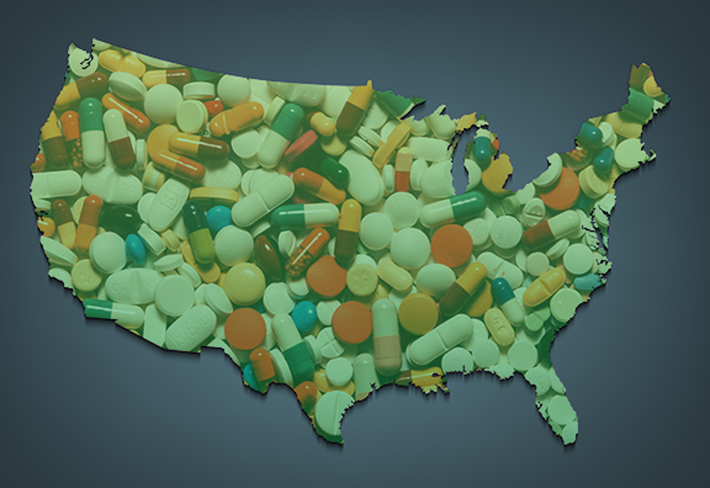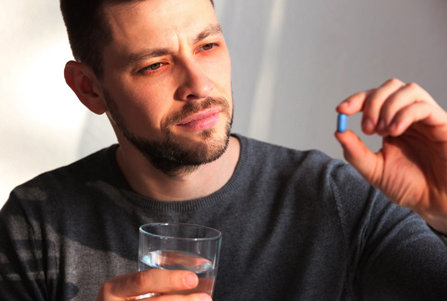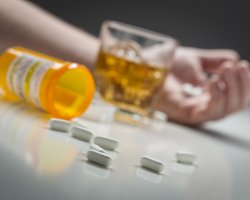Drug Take-Back Day 2017: Close to MILLION Pounds of Unneeded Drugs Collected by DEA

Every year, the Drug Enforcement Administration (DEA) leads the national effort to collect up and destroy unneeded, expired or unwanted prescription drugs. The reasons they began to lead this effort are simple to understand—when there are millions of unused prescriptions sitting in medicine cabinets in homes, more of them are misused, starting some people on the road to addiction or overdose. And there were no places it was safe for America’s families to dispose of them. Pharmacies and hospitals would not take them back, law enforcement agencies had no way to safely collect and destroy them. So the pills sat in medicine cabinets in millions of bathrooms, year after year.
And so the DEA organized the first drug take-back day thirteen years ago. Each year, collection stations have been set up in cooperation with local law enforcement agencies.
There were a couple of years in the middle when the DEA tried to hand this responsibility over to local organizations but when no one picked up the ball and ran with it, the DEA resumed sponsorship of this annual event.
This year, the DEA collected a record quantity of drugs for destruction: 456 tons.
That translates into 912,305 pounds of drugs.
Since the beginning of this program, the DEA has led all cooperating organizations in collecting more than NINE MILLION pounds of drugs.
Now certainly, not all these drugs were addictive nor were all likely to be abused. It’s unlikely that a teen or adult would choose to experiment with grandma’s cholesterol medication. But certainly, out of nine million pounds, there have been millions of pills that could have addicted or even killed a curious young person.
Why So Many Unneeded Pills?

This massive quantity of unneeded medications raises a number of questions. One has to wonder if America is being over-drugged. Is this part and parcel of why we have the drug abuse and addiction problem in this country?
It could be years before American doctors fully overhaul their prescribing practices and stop prescribing too many painkillers, too many benzodiazepines like Valium and Xanax, too many muscle relaxants like Soma—we mention these three drugs in particular because they constitute a powerful cocktail of drugs that work together to generate an intense high for an abuser. In corrupt pain management clinics, these three drugs are handed out like candy.
Americans can and perhaps should begin to impose their own controls in this area. Until the medical profession uniformly adopts new standards for managing pain, anxiety and muscle spasms that do not involve addictive substances, Americans can make choices. They can ask their doctors about non-narcotic methods of alleviating moderate pain or muscle spasms and non-addictive methods of relieving anxiety.
The DEA does the country a great service by providing a way for Americans to empty their medicine cabinets of old or unneeded medications. Until doctors catch up with revised prescribing protocols, Americans themselves may benefit from working with their doctors to make safer choices that don’t leave hazardous drugs in their cabinets.


 ®
®